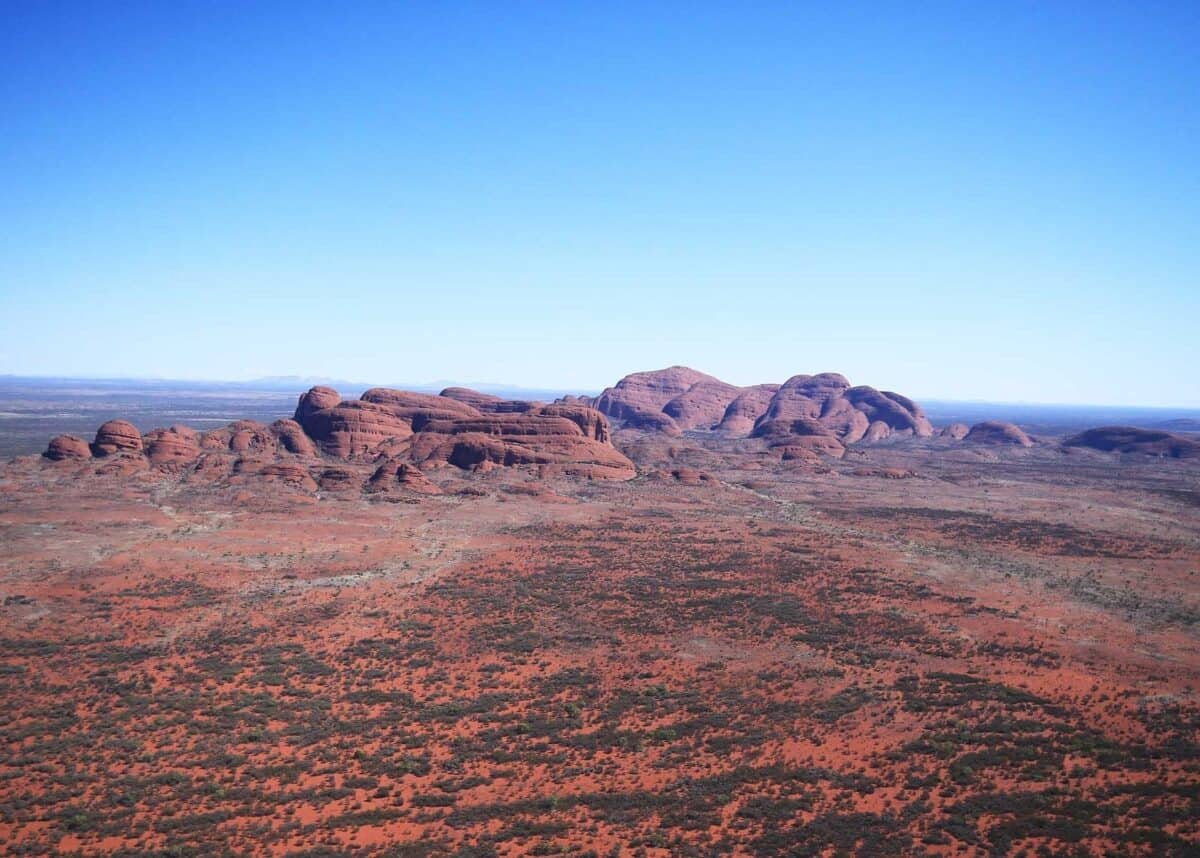‘Superhighways’ used by a population of up to 6.5-million Indigenous Australians to navigate the continent tens of thousands of years ago have provided new insights into how people thrived in harsh environments.
The international team of researchers, including from the University of Western Australia, used sophisticated modelling of past people and landscapes to reveal the routes that led to the early and rapid settlement of the land by the First Australians.
Resilient ancestors of the Indigenous people
The study, published yesterday (Friday) in the scientific journal Nature Communications, provides further evidence of the capacity and resilience of the ancestors of Indigenous people. It also paints a picture of large, well-organised groups navigating tough terrain.
Peter Veth, Professor of Archaeology at the University of Western Australia, said one of the major implications of the new modelling was that more ‘extreme’ environments like the Australian Deserts could have been occupied as early as 60,000 years ago.
“This would represent some of the earliest known occupation ages for arid-zone adaptations by modern people in the world – outside of Africa and the Arabian Peninsula – and on the southern dispersal arc to Australia,” Professor Veth said.
The group of multidisciplinary experts, led by Flinders University, used state-of-the-art modelling techniques to investigate where, how and when Indigenous Australians first settled in Sahul, which is the combined mega-continent that joined Australia with New Guinea when sea levels were lower than today.
Population could have reached 6,5-million
The inhabiting of Sahul could have taken as little as 5,000 years as people moved from the far northwest all the way to Tasmania in the southeast.
Models also predict that the total population of Sahul could have reached as much as 6.5-million people, according to the researchers from the Australian Research Council Centre of Excellence for Australian Biodiversity and Heritage.
Professor Veth said early settlers had advanced maritime capabilities and appeared to have quickly settled the tropical north from at least 65,000 years ago.
“They then metaphorically ‘sailed’ into the Australian deserts having the required skills and knowledge to tap onto unique desert waters, animal and plant foods, and completely different rainfall patterns,” he said.











